Lighting designer Andi Watson on creating Mitski’s sculptural stage for 'The Land'
In Mitski’s live show and new concert film, a single beam of light becomes her dance partner. Lighting designer Andi Watson discusses turning shadow, movement and restraint into the architecture of feeling
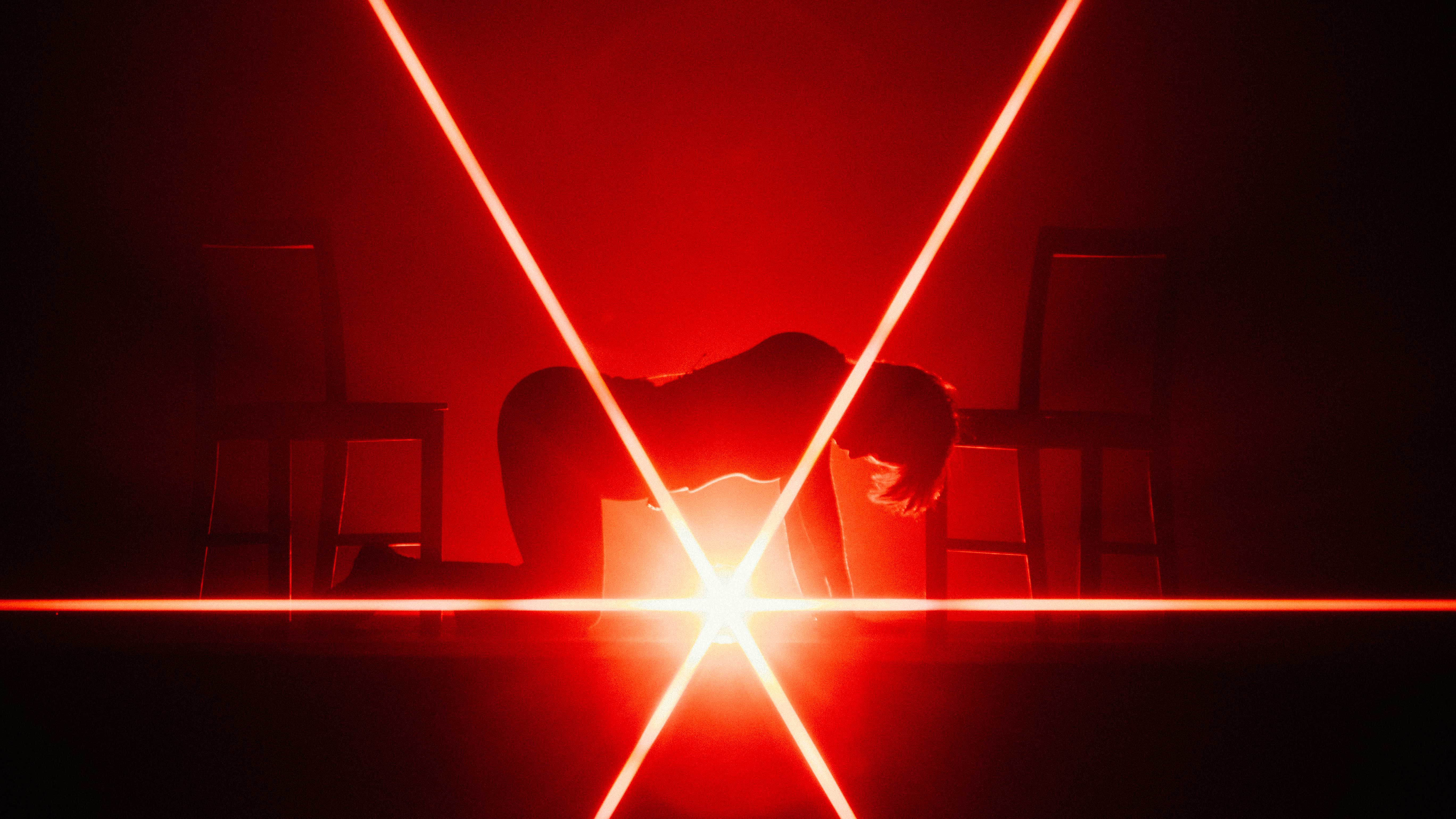
In new film Mitski: The Land, the musician’s tour for her seventh album, becomes an immersive work of performance art. Directed by Grant James and filmed over three nights at Atlanta’s Fox Theatre, the concert film distils the show’s stark theatricality – its precise choreography, stillness and sudden flashes of movement – into a meditation on presence and absence.
Every element of Mitski’s performance is meticulously composed, yet charged with emotion, and light becomes the invisible hand guiding the audience through it. Behind this visual language is lighting and stage designer Andi Watson, whose considered use of shadow and illumination shapes the show’s quiet intensity. A longtime collaborator of Radiohead, Watson brings a sculptural sensibility to live music – one that treats light not as decoration, but as a character and a storytelling tool. Here, he reflects on the making of Mitski: The Land, and the disciplined beauty of restraint, contrast and control.
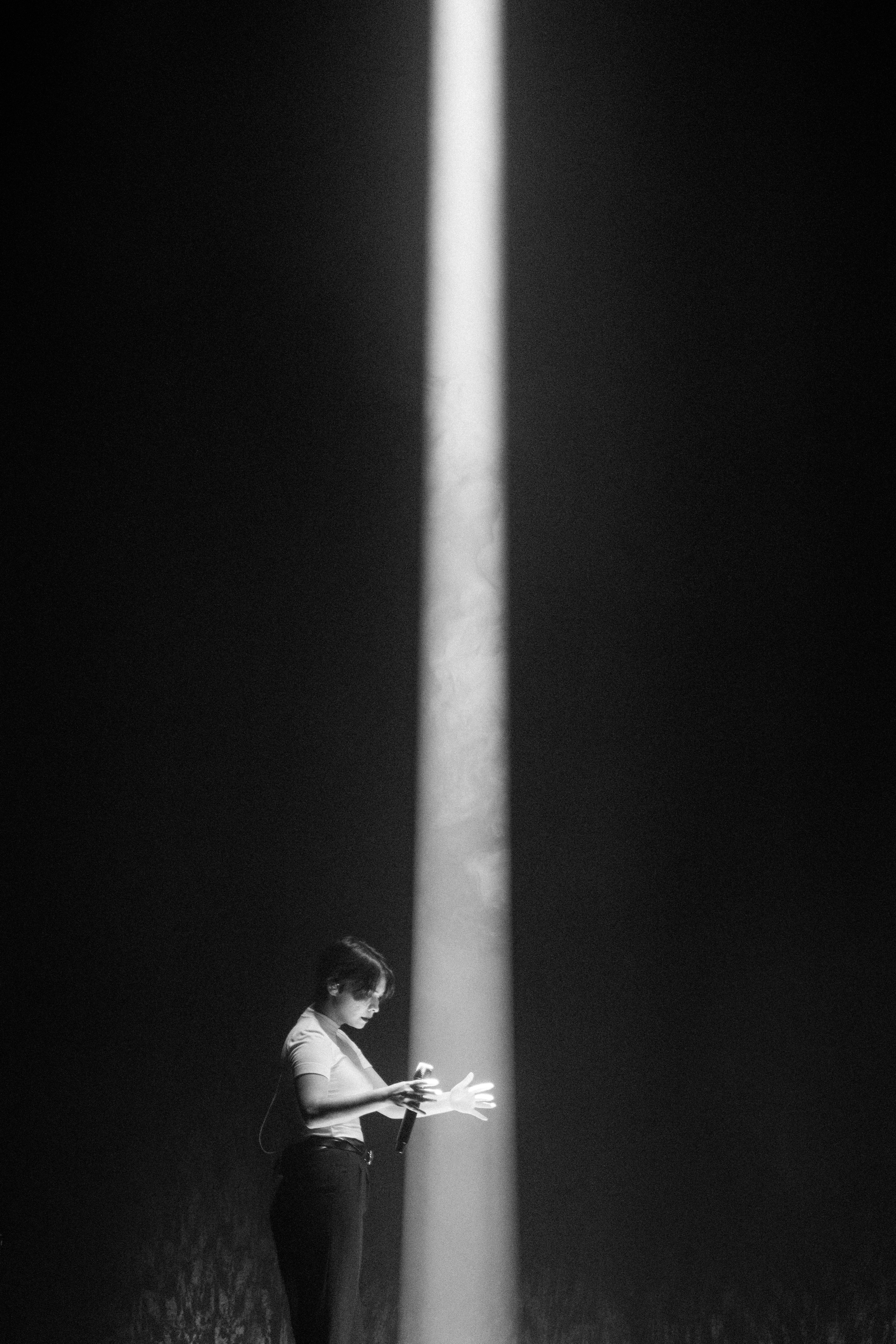
An interview with Andi Watson
Wallpaper*: What were those early conversations with Mitski like? Did she already have a strong idea of how she wanted the show to look and feel?
Andi Watson: To a degree. Mitski and choreographer Monica Mirabile work very closely together, so they already had the choreography developing while I was designing the production. We met in Chicago, in the middle of a snowstorm, at the warehouse where we were building the set. That was a great moment because Mitski could get a sense of performing on the 14-foot circular platform that she's on for about 90% of the show. It also gave us a chance to adapt ideas and experiment together early on.
When you’re working with an artist for the first time, it’s about finding out what they want and how they want to be presented on stage – what the feel of it is, what their on-stage character might be.
With Mitski, there’s definitely a character to her performance. Unlike a lot of bands who just go out as themselves – although that’s never strictly true – Mitski’s very deliberate in how she performs. So it’s about understanding how she wants the audience to see her, and then moving on to the physicality of the stage: what’s on it, how we light it, and how we make sure the choreography reads clearly from every seat.
As far as I’m concerned, there’s no such thing as cheap seats – everyone should have an amazing experience. Mitski is very receptive to that. So we focused on creating good sightlines and enough light to see what’s happening, while still using it sculpturally, as part of the performance.
Receive our daily digest of inspiration, escapism and design stories from around the world direct to your inbox.
More than other shows, the lighting here feels like an interactive and expressive tool, for Mitski to use. I imagine that's quite different from working with a band like Radiohead?
Andi Watson: What I consider my job to be is creating environments for songs to exist within when they’re being performed live. That's always the case no matter who the artist is. It’s about creating a world on stage that has an overarching meaning, and then giving each individual song its own world within that.
In Mitski’s case, Monica and I worked closely on how the light would interact with the choreography, and how the choreography would interact with the light. Mitski is such an incredible performer – she’s receptive, curious, and really wants to explore ideas. We wanted the lighting to become part of the choreography.
There are beautiful moments where that works perfectly – where Mitski dances with a beam of light, approaches a cage of lighting beams, or follows little breadcrumbs of light around the stage. She interacts with it. She feels the light. Watching her move, touch and play with those beams is incredible. From my side as a designer, that’s heaven – to have an artist that enthusiastic and engaged with ideas.
As far as I’m concerned, there’s no such thing as cheap seats – everyone should have an amazing experience.
Andi Watson
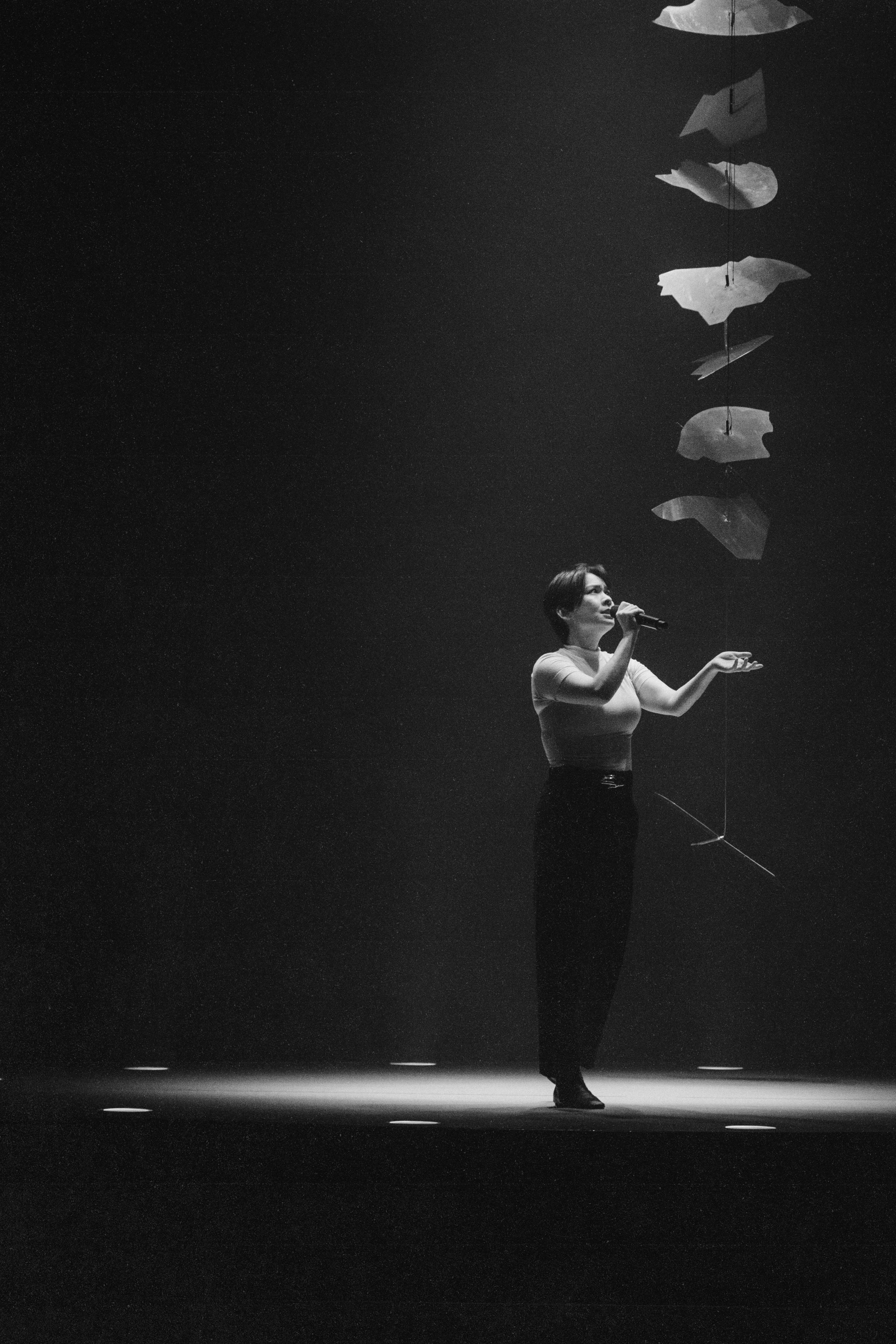
Were there added considerations when translating this from live performance to film?
Andi Watson: From the start, it was important that we were capturing the performance, not changing it. We didn’t want to add loads of light or make it something else. I wanted the film to show the actual show, because not everyone gets to see a tour in person. Some people can’t make it to a show, or a country, or see it twice.
So the idea was to preserve the experience. Grant James, who directed the film, had originally been brought in to handle live video when we started moving into larger venues. We’d already been working together, talking about how to make a proper capture of the show rather than a reimagining of it. Mitski, Grant, management and I were all on the same page about that.
The Fox Theatre in Atlanta, where the film was shot, has a very distinctive atmosphere. Did that present challenges?
Andi Watson: Every venue is different. It’s easier when you’re doing arenas or stadiums, because they’re similar every night. With theatres, it changes daily – the sightlines, the rake of the seats, even the size of the stage.
The Fox Theatre is pretty wild. It has that big faux-sky ceiling, a strange, almost surreal atmosphere. That’s very different from somewhere like Hammersmith Apollo. The challenge is to create something that works everywhere – something that feels the same emotionally, even if the physical spaces vary.
The lighting in the show feels minimalist but incredibly effective. Were there points when you decided to pare it back?
Andi Watson: It was always going to be quite minimal. There aren’t that many lights in the show. When we first designed it, before My Love Mine All Mine took off on TikTok, the budget and scale were modest. But honestly, it never needed more.
The focus is Mitski – her choreography, her voice, her performance. There’s no need to add things that would distract from that. Of course, there are moments like the mobile – the big sculpture of copper discs that comes down from above – where we shift the space, but it’s all about giving her something to interact with, to transform the stage for a moment and then return to stillness.
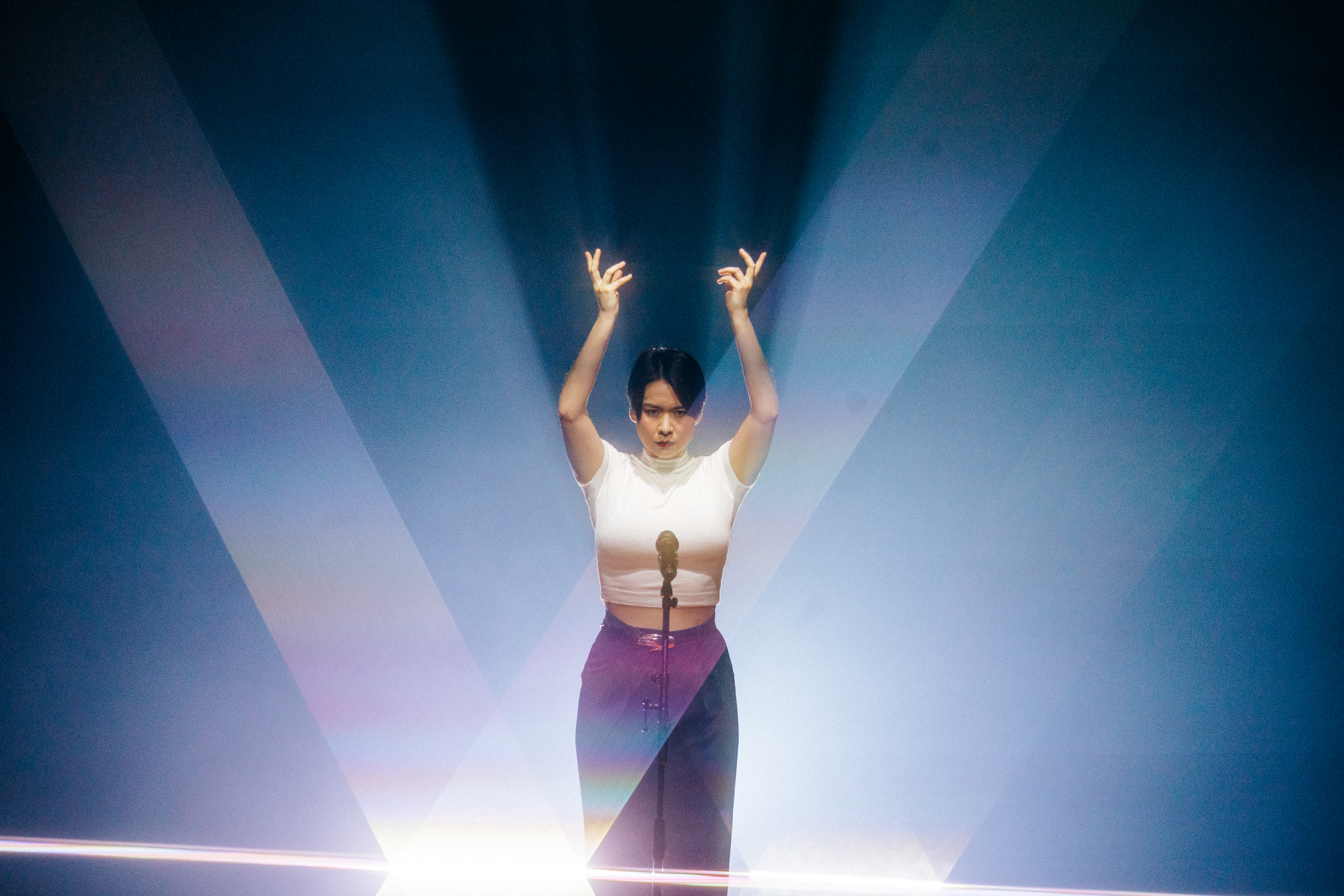
What stands out to you most when you watch the film back?
Andi Watson: There are lots of moments I love. There’s one where Mitski is behind a wall of light and a narrow slice opens up as her character changes. It’s so simple, but beautiful.
Another favourite is when she walks across the stage, following these tiny lights that appear one by one, each disappearing as she touches it. Eventually, she finds the one that doesn’t vanish – her light. It’s very delicate, and when I explained it to her, she just said, “That’s beautiful.”
Then there’s the mobile coming down – that’s a real “wow” moment. The whole audience gasps, and you see hundreds of phones rise into the air. You can feel their energy.
What did you take away from working on this project?
Andi Watson: It was a lovely tour to work on. Everyone – Mitski, Monica, her management, the crew – was working for each other, which isn’t always the case. It was a genuinely collaborative and creative environment.
It’s always rewarding when you make something that’s both beautiful and emotionally powerful. That’s not every tour. But this one was special — it all came together.
Do you still have goals, or artists you’d love to work with?
Andi Watson: When I started, I had a few goals that I thought were unattainable, and I’ve been lucky enough to achieve them. I’ve worked with amazing artists and collaborators, done shows that broke new ground.
At this point, it’s not about ticking off names. What excites me is when people have faith in you – when they give you the freedom to do something that might seem risky or untested. That’s when creativity really happens.
And finally, what’s your favourite thing about doing this work?
Andi Watson: When an artist like Mitski truly interacts with the light, treats it as something alive – that’s what it’s all about. Those moments where you see the audience respond to it, where light becomes emotion… that’s why I do it.
Mitski: The Land, is out exclusively in cinemas worldwide 22nd October for a limited time.
Charlotte Gunn is a writer and editor with 20 years experience in journalism, audience growth and content strategy. Formerly the Editor of NME, Charlotte has written for publications such as Rolling Stone, CN Traveller, The Face and Red.
-
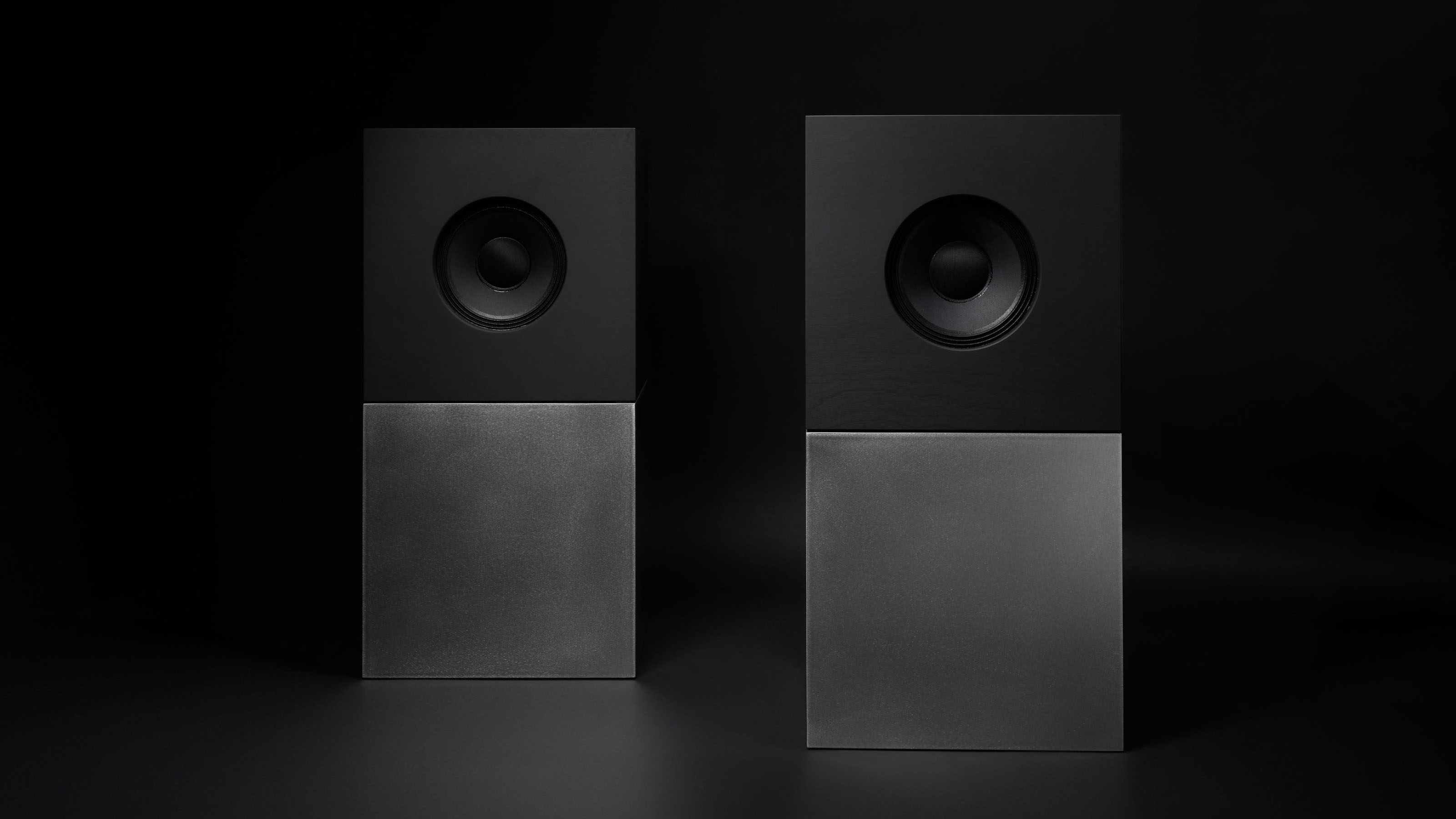 Aesthetics and acoustics come together in the Braque speakers from Nocs Design
Aesthetics and acoustics come together in the Braque speakers from Nocs DesignThe Braque speakers bring the art of noise, sitting atop a brushed steel cube that wouldn’t look out of place in a contemporary gallery
-
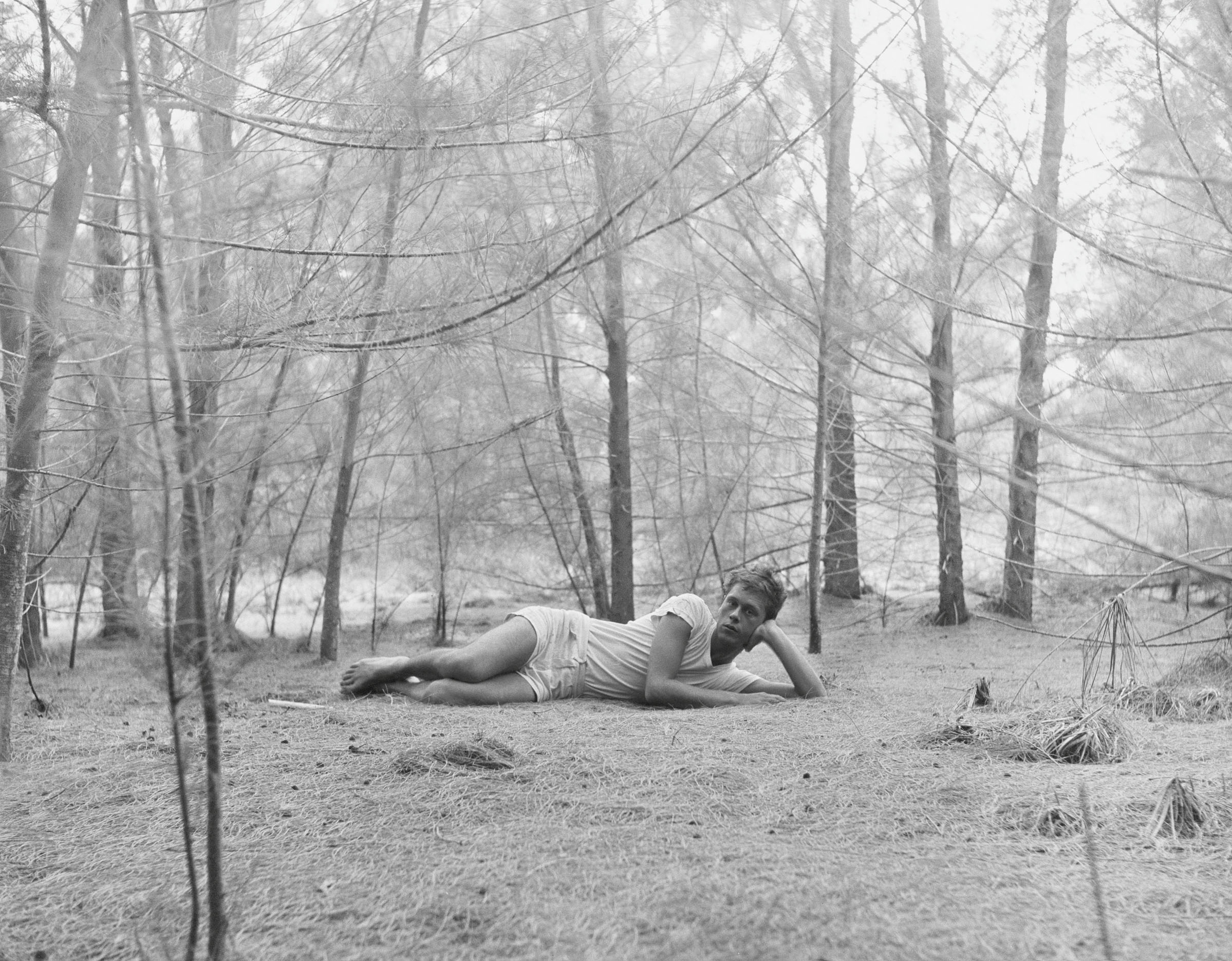 Inside the seductive and mischievous relationship between Paul Thek and Peter Hujar
Inside the seductive and mischievous relationship between Paul Thek and Peter HujarUntil now, little has been known about the deep friendship between artist Thek and photographer Hujar, something set to change with the release of their previously unpublished letters and photographs
-
 In addition to brutalist buildings, Alison Smithson designed some of the most creative Christmas cards we've seen
In addition to brutalist buildings, Alison Smithson designed some of the most creative Christmas cards we've seenThe architect’s collection of season’s greetings is on show at the Roca London Gallery, just in time for the holidays
